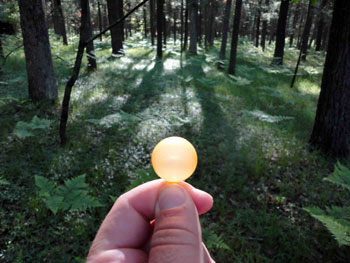Fly Fishing Jazz: Beyond the Bobber
 WHY GET STUCK in the same old nymph fishing rhythm? Using strike indicators (I call them bobbers) is like playing in the marching band. I think it’s much more fun to step out of line….
WHY GET STUCK in the same old nymph fishing rhythm? Using strike indicators (I call them bobbers) is like playing in the marching band. I think it’s much more fun to step out of line….
I think too many anglers lean too much on strike indicators. Especially some fly guides. Think about it… the newbie signs up for a guide trip and wants to do all those fancy casting loops they saw in A River Runs Through It. What they end up doing instead, is flipping casts, watching a yarn ball float down the river (over and over), and wondering, “Is that it?
Strike indicators work wonders, and success also breeds interest… I get that. But I think it’s kind of like riding a bike with the training wheels permanently attached. It’s far more fun to improvise, and put the “think factor” back into your nymph fishing.
Here are a couple ways to do that. First, dab a bit of floatant (the same stuff you smear on a dry fly) on your leader. Then, at the same spot where you might otherwise attach an indicator, apply some Xink (sink gel). Doing so will create a “dimple” where the greased leader dips into the water current. When the dimple is disturbed, set the hook.
Another way to pull that off is to attach a short strand of red “Amnesia” line where the fly line meets the leader. When you see that red line bobble, stall, or sink, you should set the hook.
Eventually, you’ll be able to detect strikes without any visually aids at all. You’ll know when your flies get bit just by watching your leader. And trust me, that’s a blast. So in the short term, be willing to trade strikes for information and experience. Swing those nymphs in a classic “wet fishing” style, or at least tempt your instincts to go somewhere beyond the bobber.
Doing so (even just now and then) will ultimately make you more of a player.











